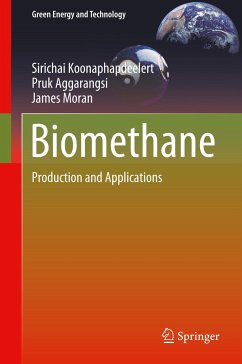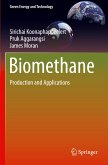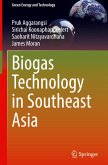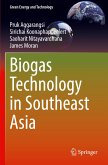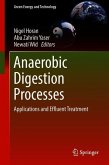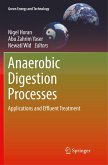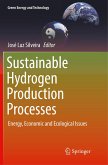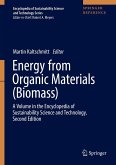This book discusses biomethane and the processes and applications downstream from biogas production. Biogas is a result of anaerobic digestion of agricultural or general household waste, such as manure, plants or food waste, and as such is considered a renewable energy source. Biomethane is a gas that results from any process that improves the quality of biogas by reducing the levels of carbon dioxide, hydrogen sulfide, moisture and other contaminant gases. Chemically, biomethane is the same as methane, and its name refers to the method of production rather than the content.
Biomethane plants are generally found in locations with a low population density that are close to farms or food processing plants. In situations where there is no natural gas pipeline nearby, biomethane downstream applications can include storage, transportation, home heating, industrial use and distribution through small-scale local gas grids. This book discusses each of these applications and lists some of the design criteria as well as various issues relating to them.
Biomethane plants are generally found in locations with a low population density that are close to farms or food processing plants. In situations where there is no natural gas pipeline nearby, biomethane downstream applications can include storage, transportation, home heating, industrial use and distribution through small-scale local gas grids. This book discusses each of these applications and lists some of the design criteria as well as various issues relating to them.

